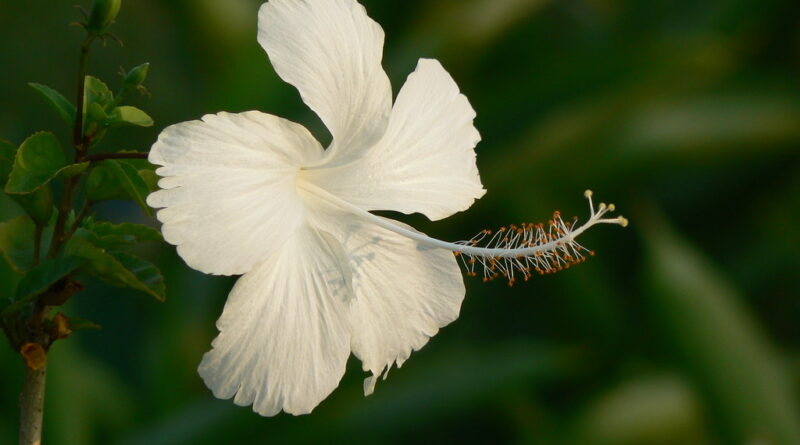China rose
China Rose: A Symbol of Beauty, Culture, and Endurance
Introduction
In the vast tapestry of nature’s wonders, few flowers captivate the human spirit like the Chinese rose. Also known as the Chinese Hibiscus or Hibiscus rosa-sinensis, this vibrant blossom has woven itself into the cultural fabric of various societies around the world. In this article, we will delve into the enchanting world of China Rose, exploring its origins, symbolism, cultural significance, and its journey as a perennial symbol of beauty and endurance.
The Roots of China Rose
The China Rose, native to East Asia, particularly China, is a member of the mallow family (Malvaceae). Its botanical name, Hibiscus rosa-sinensis, translates to “Rose of China” in Latin, honoring its place of origin. Believed to have existed for millions of years, this flower has a rich historical and cultural heritage.
Symbolism and Cultural Significance
Across different cultures, the China Rose holds diverse symbolic meanings. In China, it signifies the fleeting nature of fame or personal glory, reminding people of the importance of remaining humble. In Hindu culture, the red China Rose represents the goddess Kali and is used in various religious ceremonies. In Hawaii, the flower is often worn behind the ear, indicating the wearer’s relationship status – over the right ear for single, and over the left for married.
China Rose in Art and Literature
Artists and writers have been captivated by the China Rose for centuries. Its vibrant hues and delicate petals have found their way into numerous paintings, poems, and stories, symbolizing love, passion, and beauty. From ancient Chinese scrolls to contemporary novels, the China Rose continues to inspire creativity across the globe.
Medicinal and Culinary Uses
Beyond its aesthetic appeal, the China Rose offers a treasure trove of medicinal properties. In traditional medicine, its leaves and flowers are used to prepare herbal teas that are believed to have various health benefits, including lowering blood pressure and promoting liver health. Additionally, certain cultures incorporate Chinese rose petals into culinary delights, adding a touch of color and flavor to dishes and beverages.
Endurance in Adversity
The China Rose’s ability to endure harsh conditions and bloom brightly even in unfavorable environments has made it a symbol of resilience and perseverance. Its ability to withstand challenging weather conditions mirrors the strength of the human spirit, inspiring generations to overcome adversity with grace and courage.
Cultivation and Conservation
Cultivating China Roses requires patience, care, and attention to detail. With the right nurturing, these flowers bloom into spectacular displays of color, brightening gardens and landscapes. However, as urbanization and climate change pose threats to various plant species, including the China Rose, conservation efforts have become crucial. Botanical gardens, researchers, and enthusiasts around the world are working diligently to preserve the genetic diversity of this beautiful flower, ensuring that future generations can continue to marvel at its beauty.
Conclusion
In the intricate mosaic of the natural world, the China Rose stands as a testament to the enduring power of beauty, culture, and resilience. Its vibrant presence in gardens, art, literature, and traditions worldwide signifies the deep connection between humanity and nature. As we continue to navigate the complexities of our modern world, let the China Rose remind us of the importance of embracing our roots, celebrating diversity, and facing challenges with unwavering strength and grace, just like this remarkable flower does year after year.



